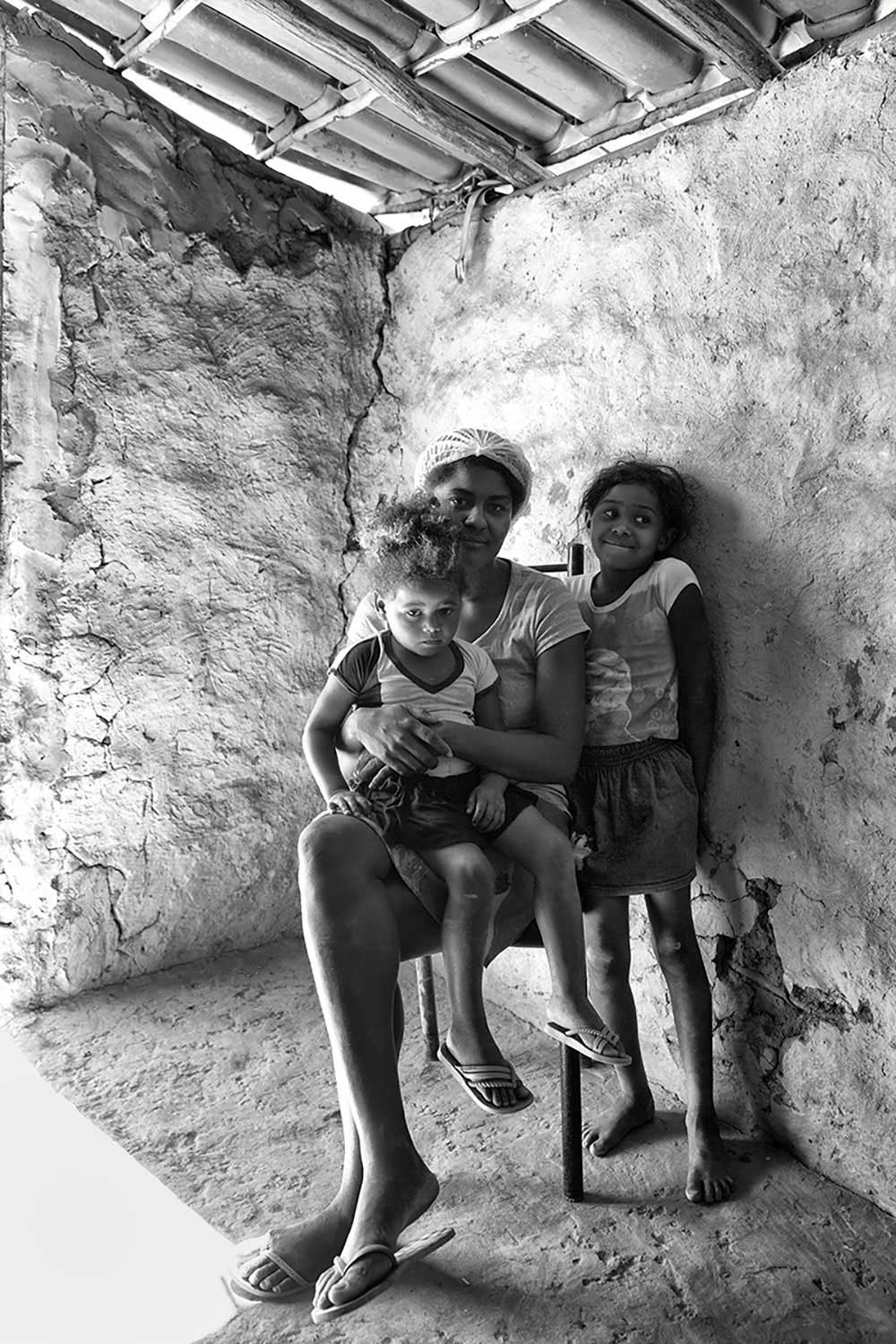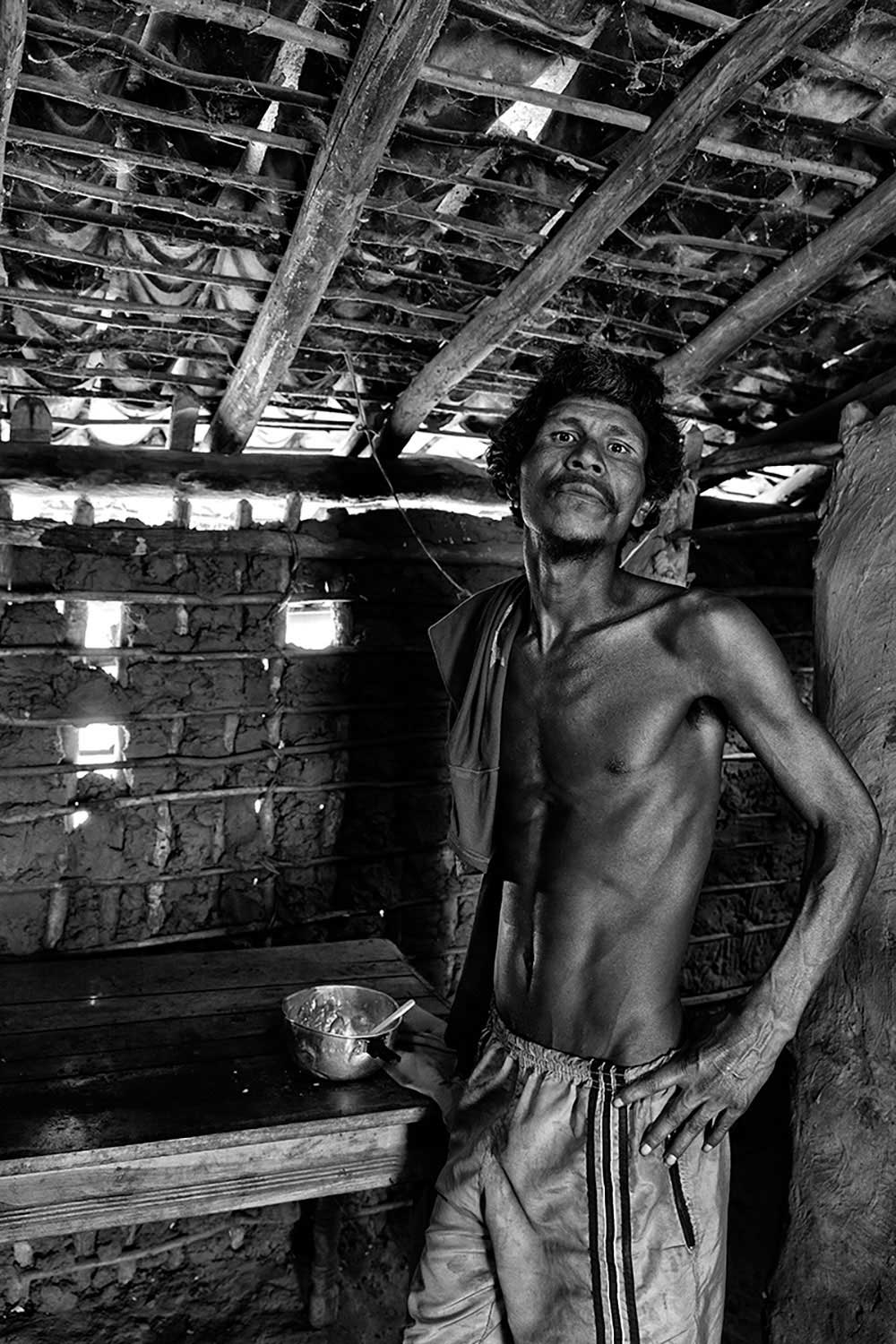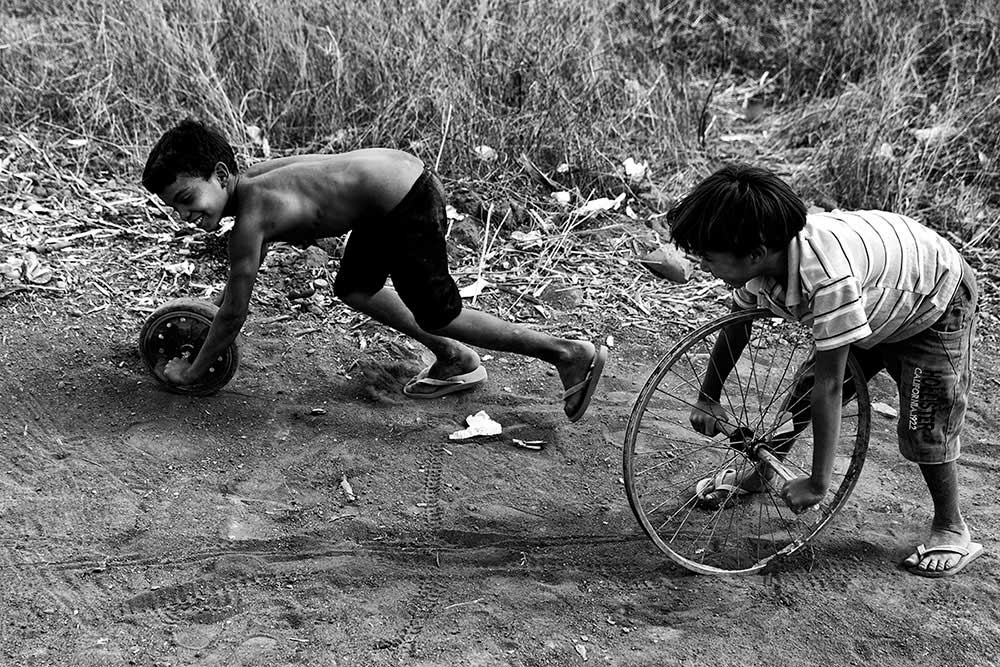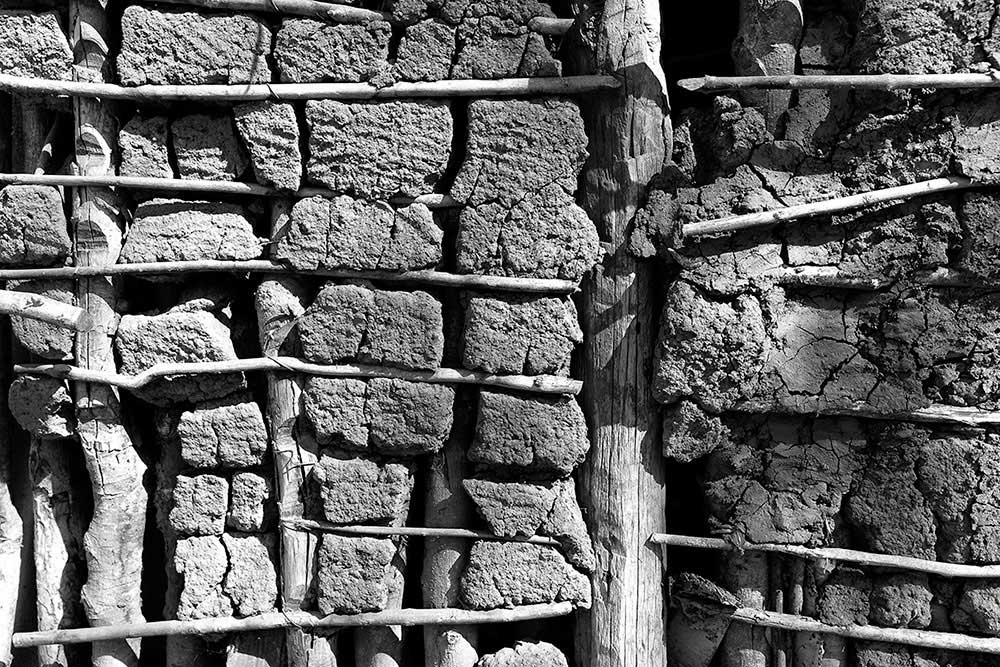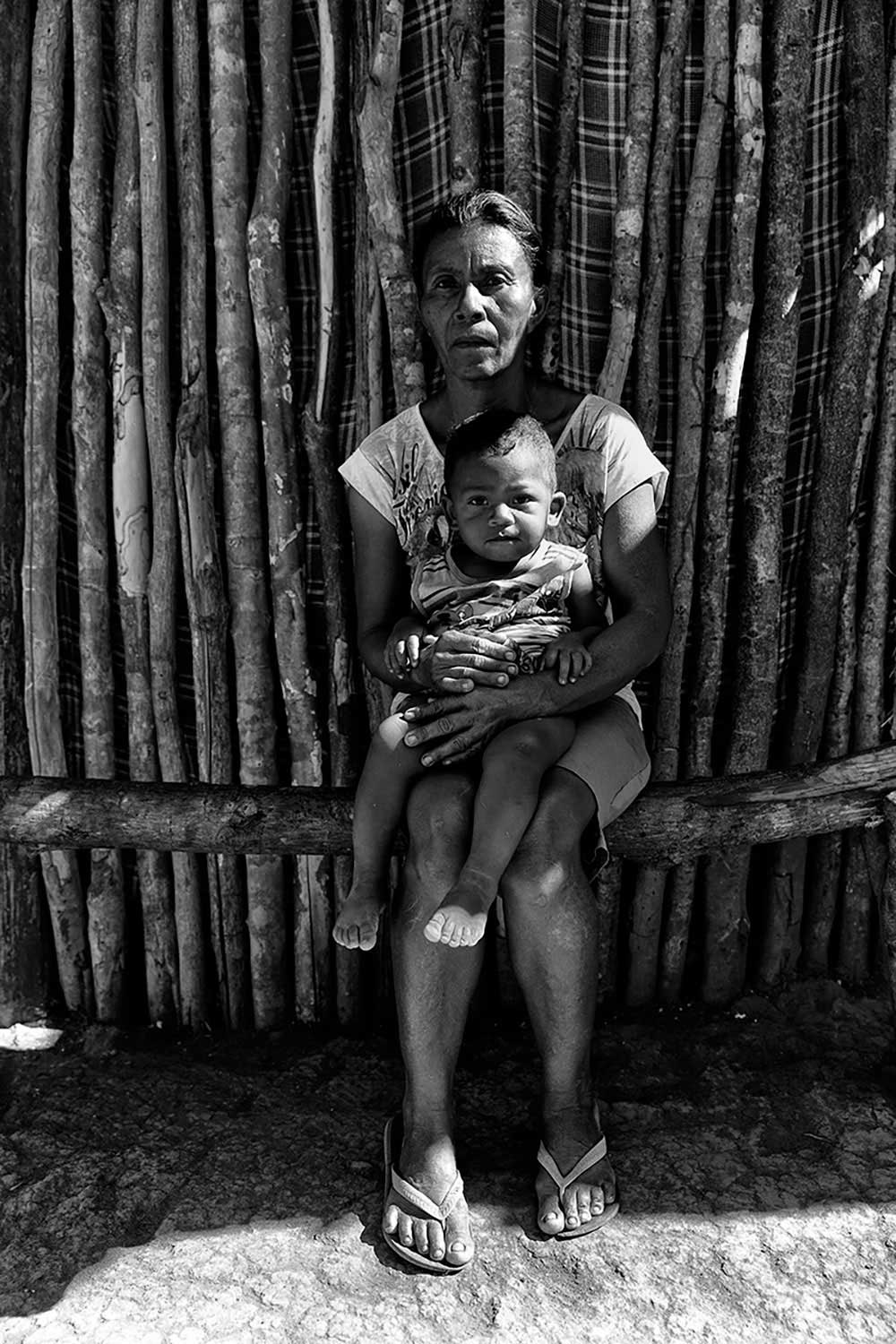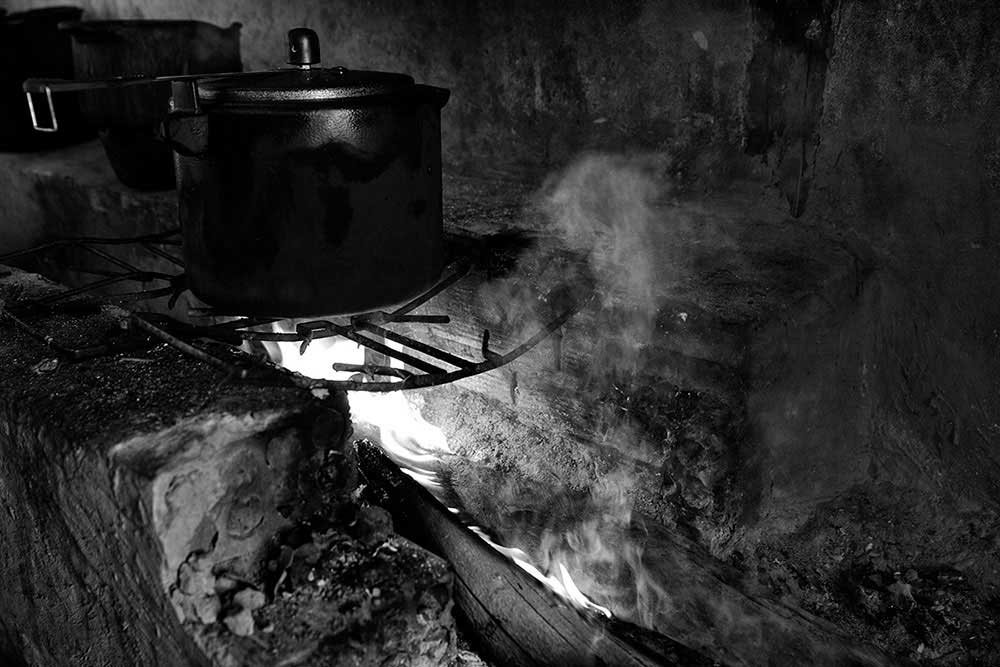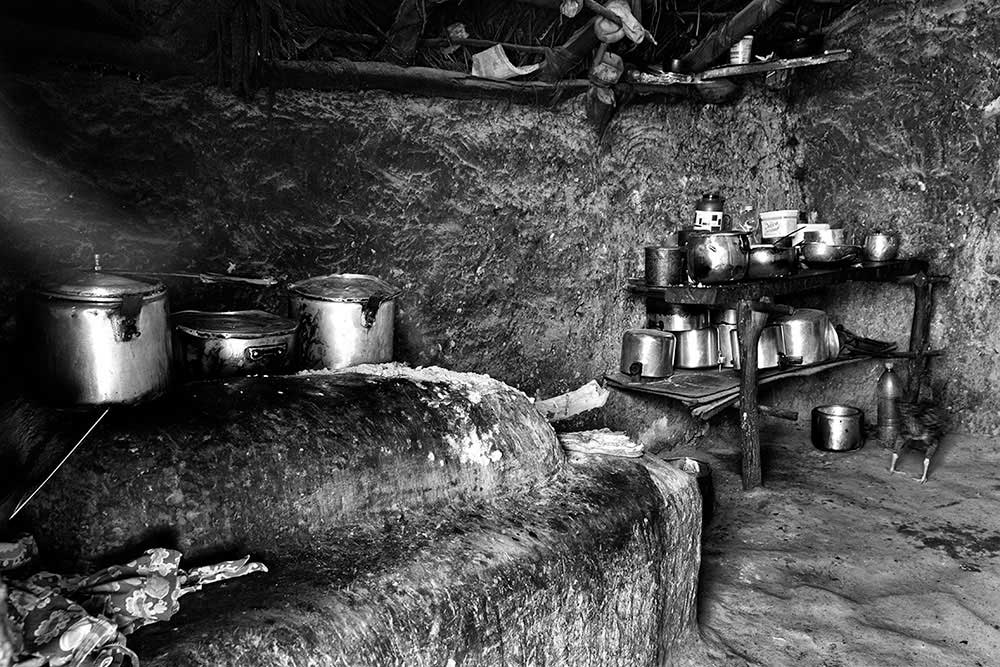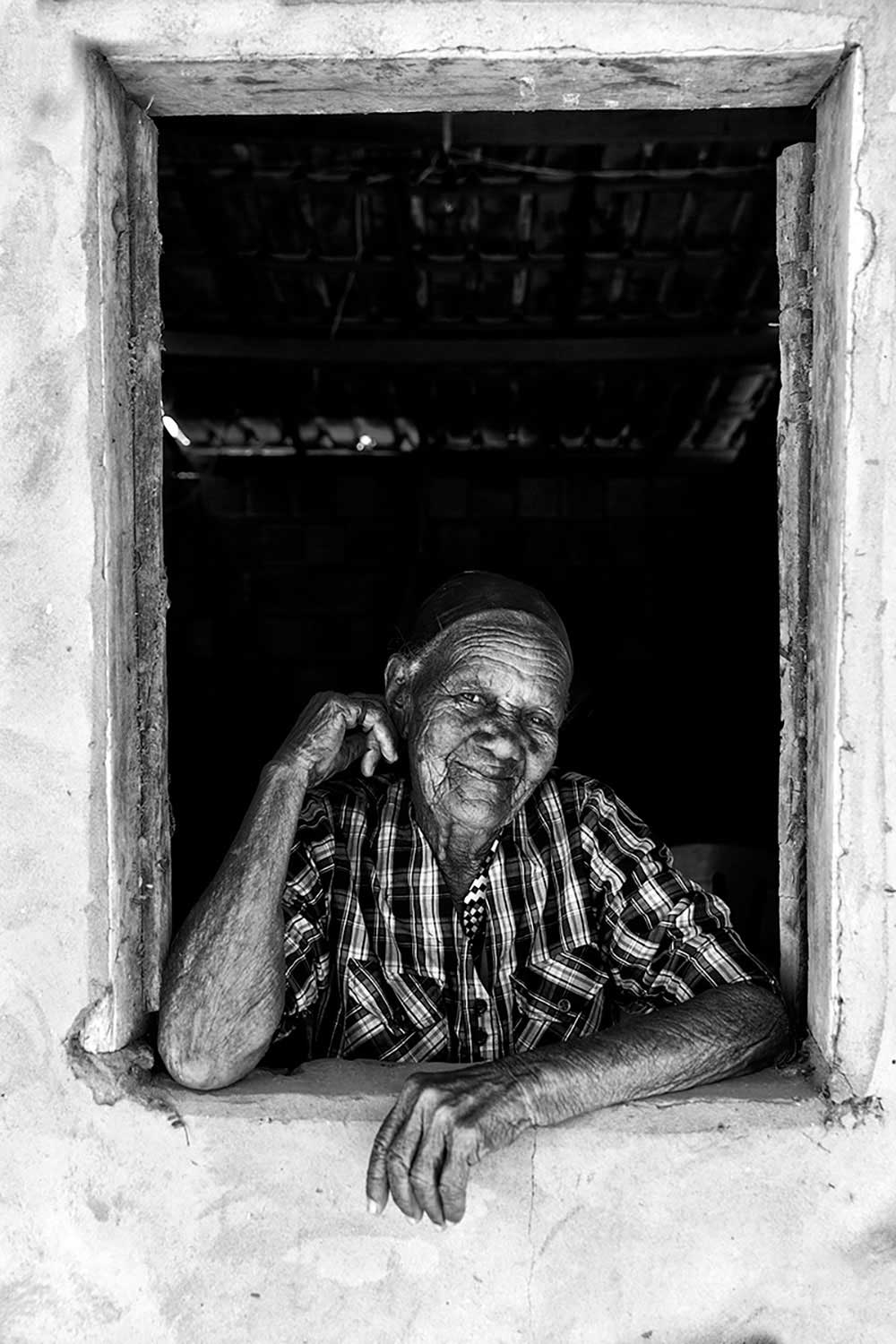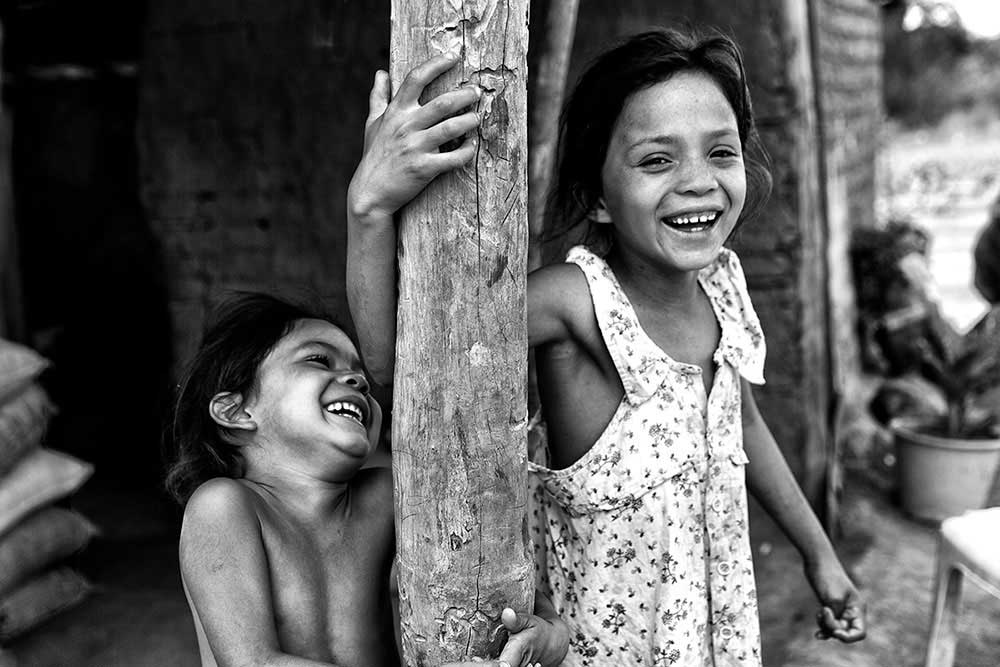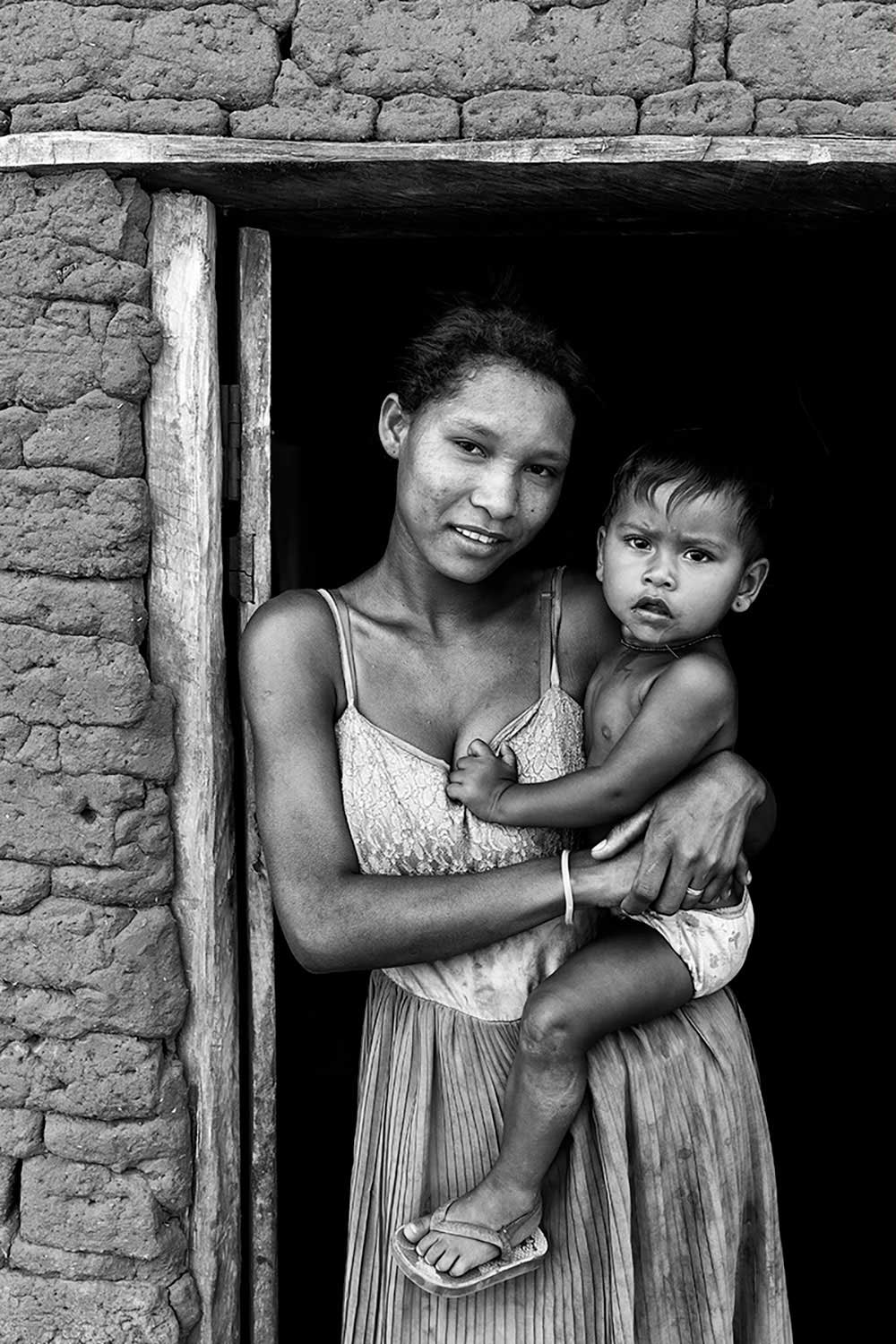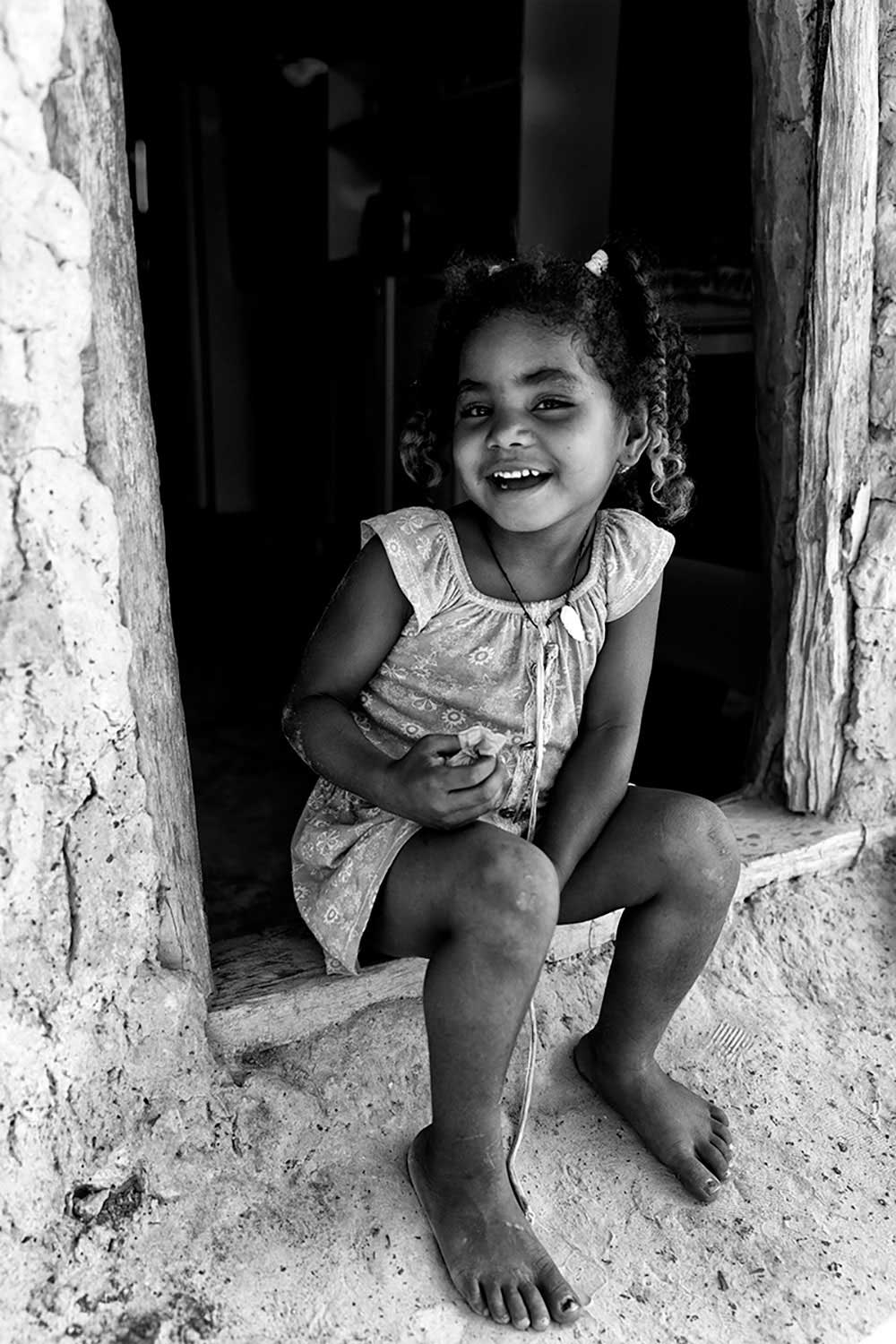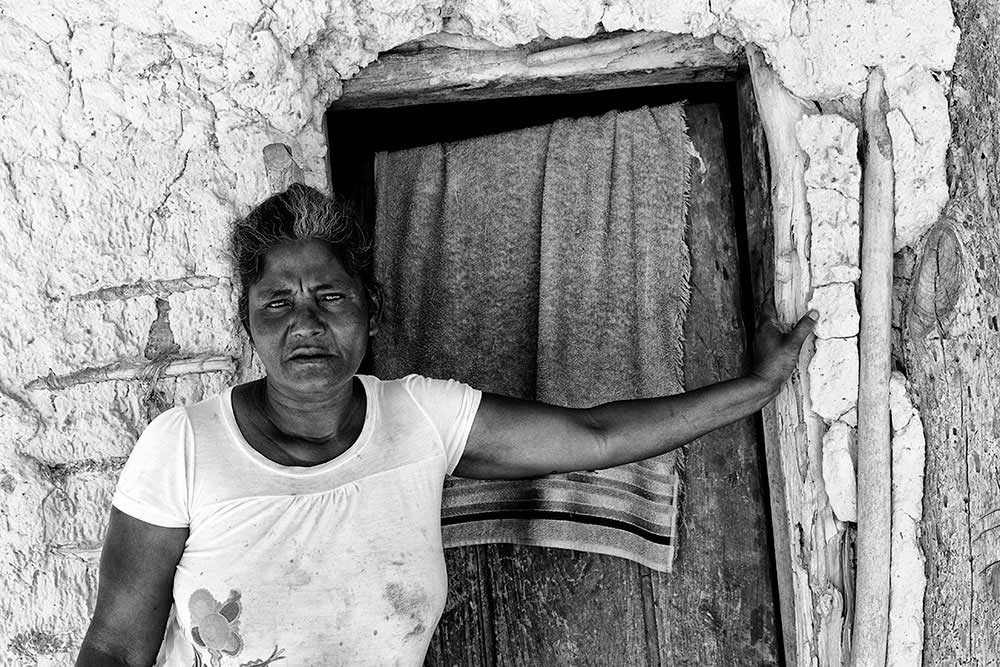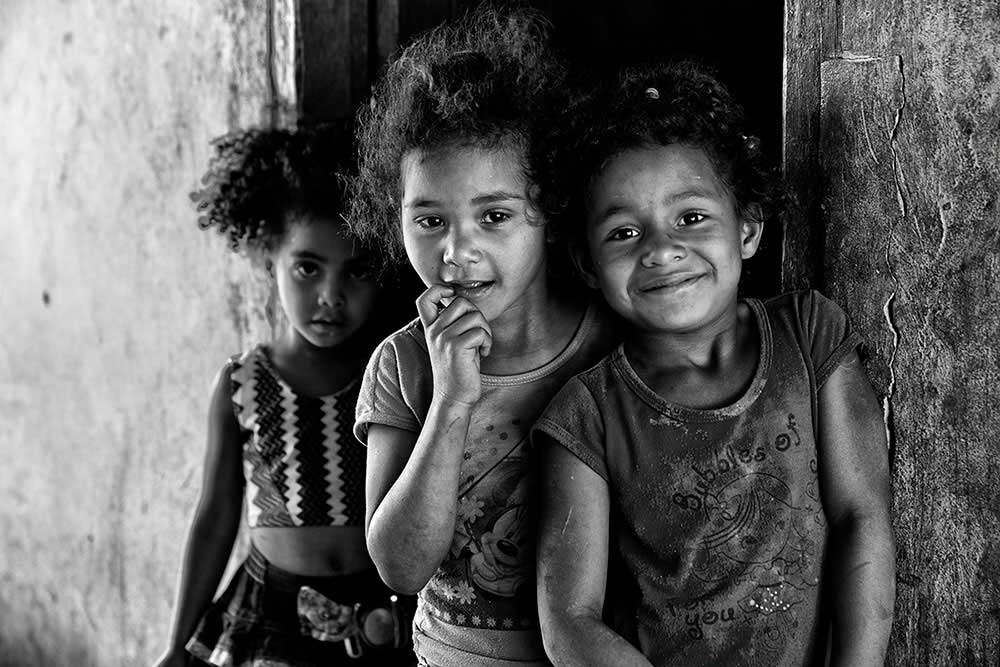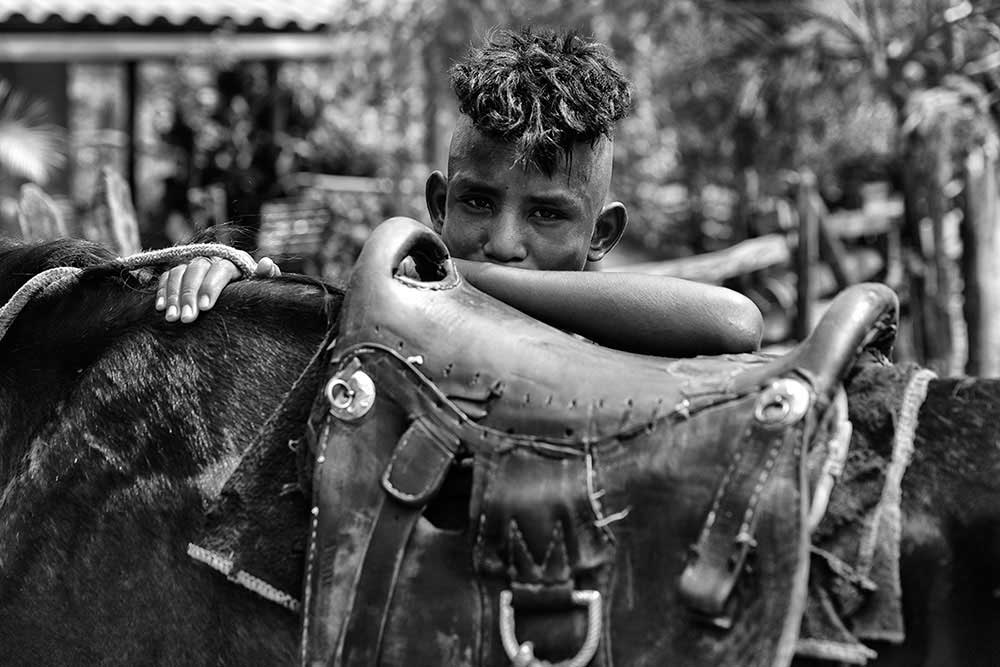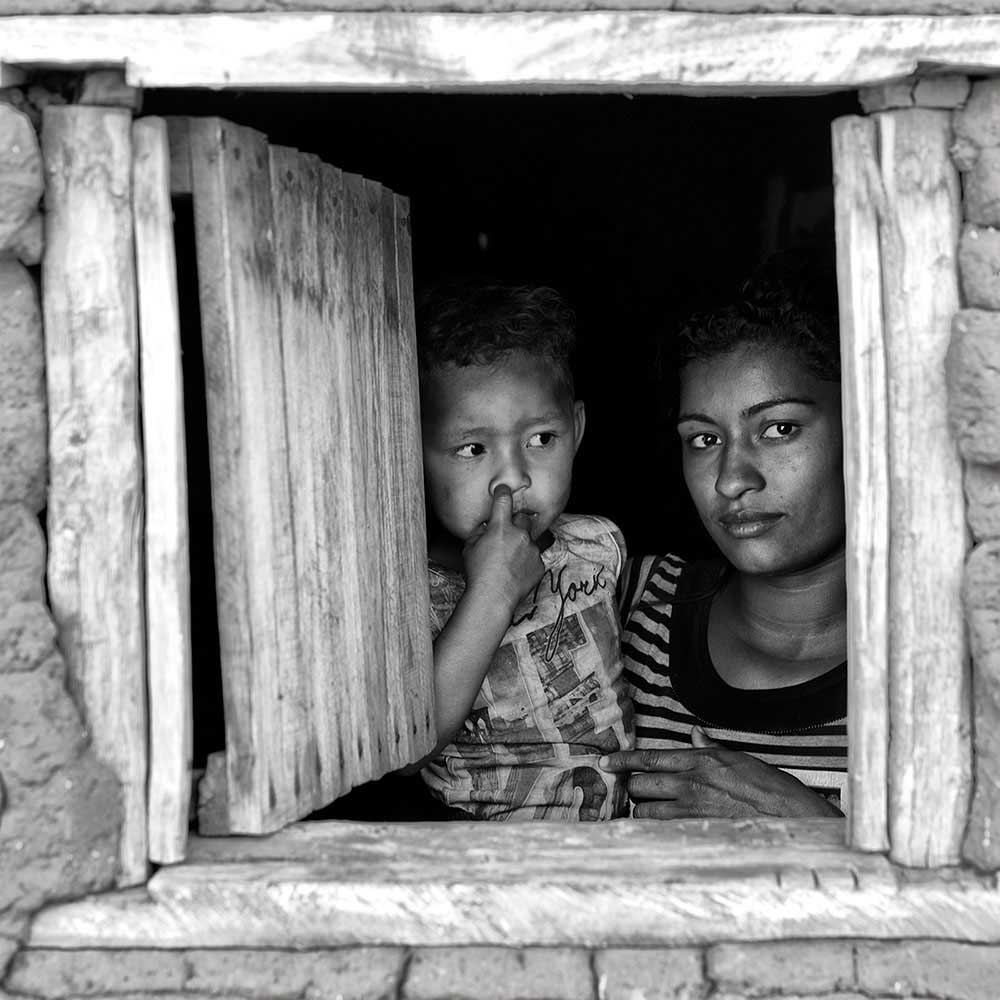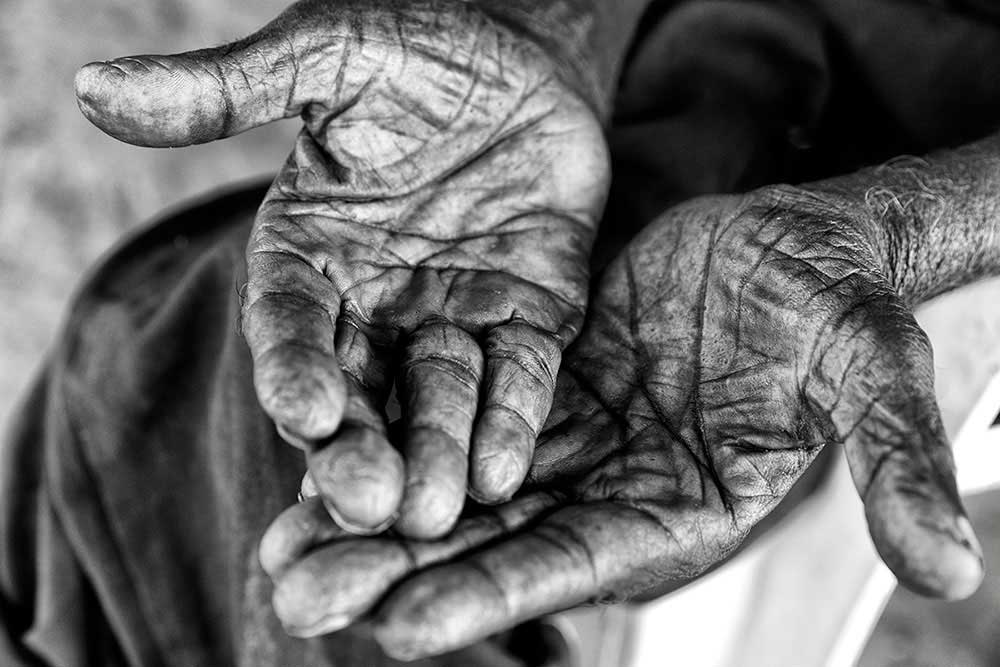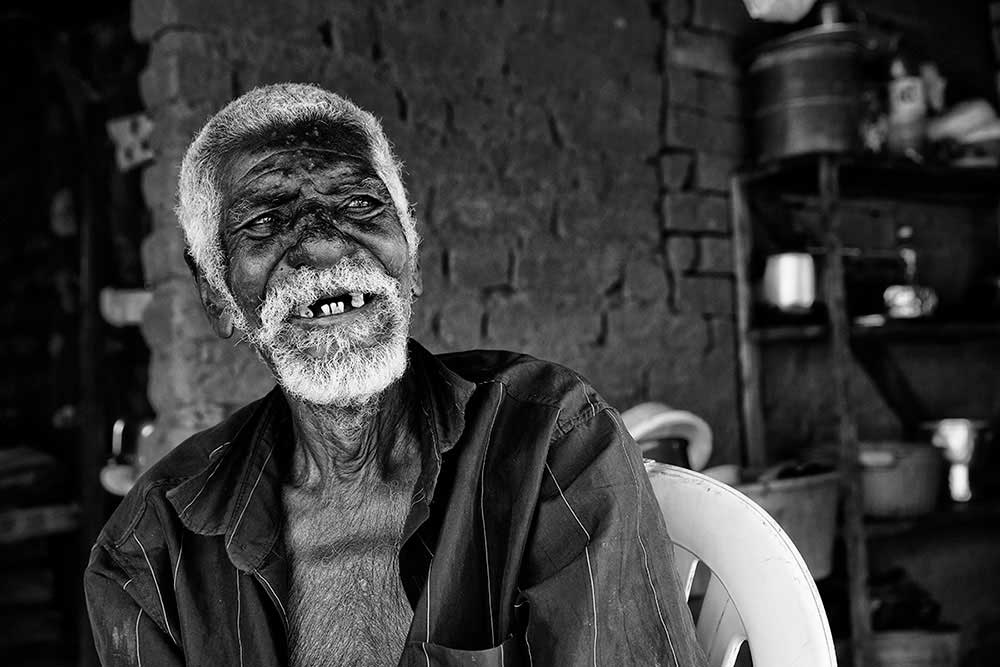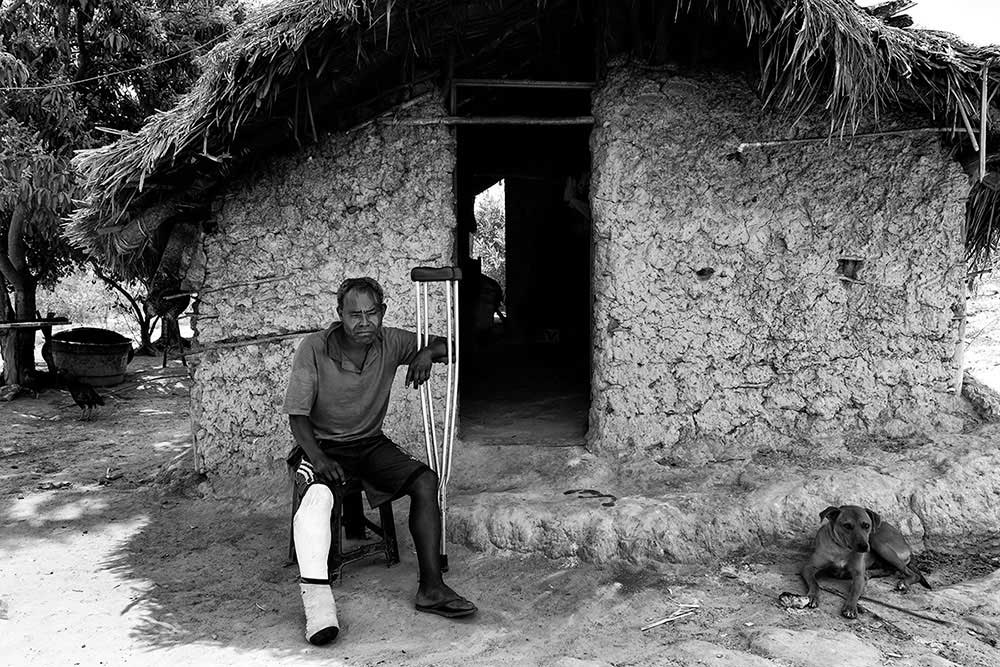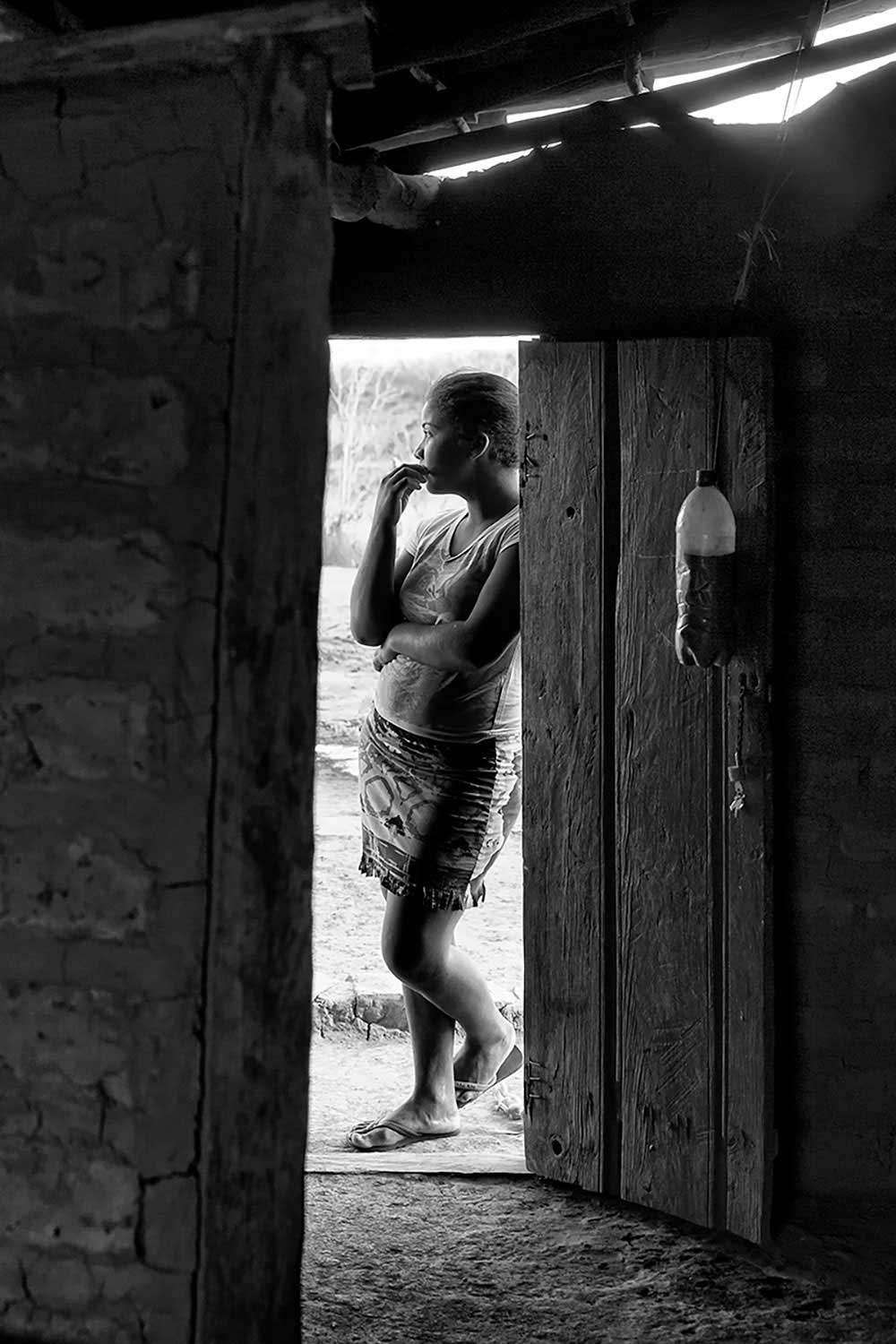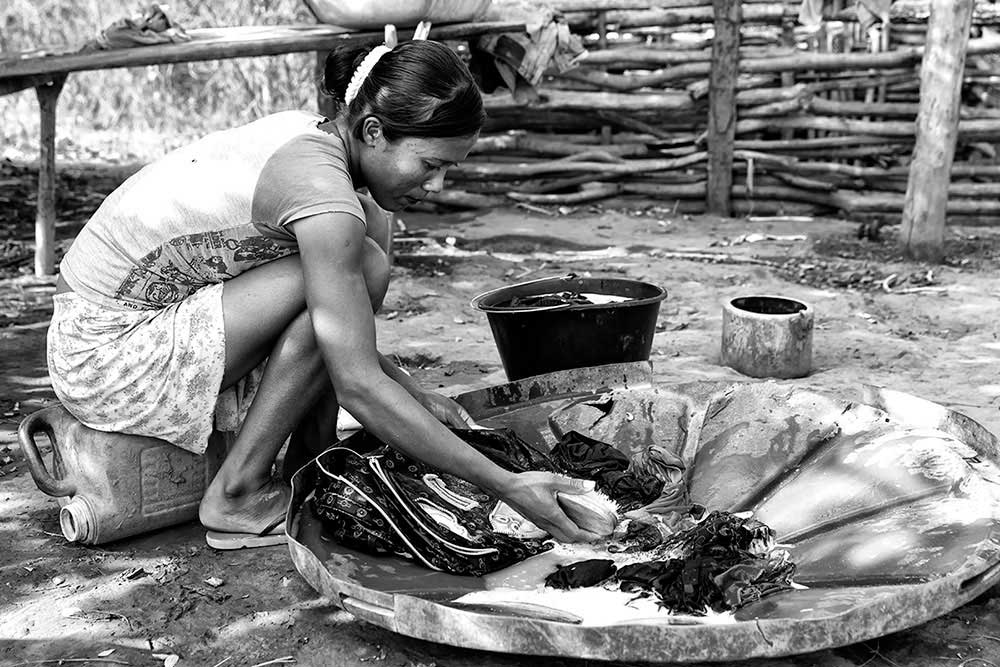This work is a tribute to the Xacriaba, one of the many indigenous people of Brazil. A way to record in images a brave and noble people and their way of living. A culture that is fading and that may be lost forever.
Since the 17th Century they have survived the intense contact with the Portuguese settlers and later with cattle ranchers and prospectors. In the 18th Century they were settled in a large native reservation in Sao Joao das Missoes, in Northwestern Minas Gerais. Nevertheless they had their territory occupied by farmers. Even today they still struggle to recover the best areas of their reservation.Originally a hunter-gatherer group, the Xakriaba saw their productive system become inoperative with the settlement of livestock farms in their territory.
Xakriaba territory is very hot and dry. Most rivers are temporary and, in recent years, rainfall has been declining. Another problem found there is that most of native fauna is in severe risk of extinction due to deforestation for agriculture and livestock and uncontrolled and off-season hunting.
With a long history of Native-White relations, the Xakriaba are considered “acculturated natives”. All of them speak Portuguese, but just a few speak their original language that is virtually extinct. Along the years the Xakriaba adopted the Catholic religion as dominant, but there is still a strong syncretism with their original beliefs.
In the 19th Century Native-African relations became more and more usual with the presence of maroons, escaped slaves seeking for freedom, that settled in the area. Their mix with the Xacriaba was so strong that nowadays some of them resemble much more an African Brazilian than indigenous people. The territory is very poor. Their GDP (gross domestic product) is among the 100 poorest in Brazil, their HDI (human development index) is the lowest in the state of Minas Gerais and most of county’s revenues come from the Federal Government.
Most houses are built of adobe and several are wattle and daub, a perfect place for the “kissing bug” (Triatoma infestans) to hide. This blood-sucking bug is the most important vector that leads to Chagas disease, a deadly heart disease very common in the area. No houses in the territory have sewage, most of them don’t have drinkable water and many still don’t have electricity. Against all the odds the Xakriaba are still struggling for a better future. Like the Cerrado, the Brazilian savanna biome that surrounds their territory, their strong and deep roots make this noble indigenous people resilient to all these problems. For how long? Nobody knows! All pictures below were made in the Xakriaba Indian Reservation, Sao Joao das Missoes, Minas Gerais, Brazil.
